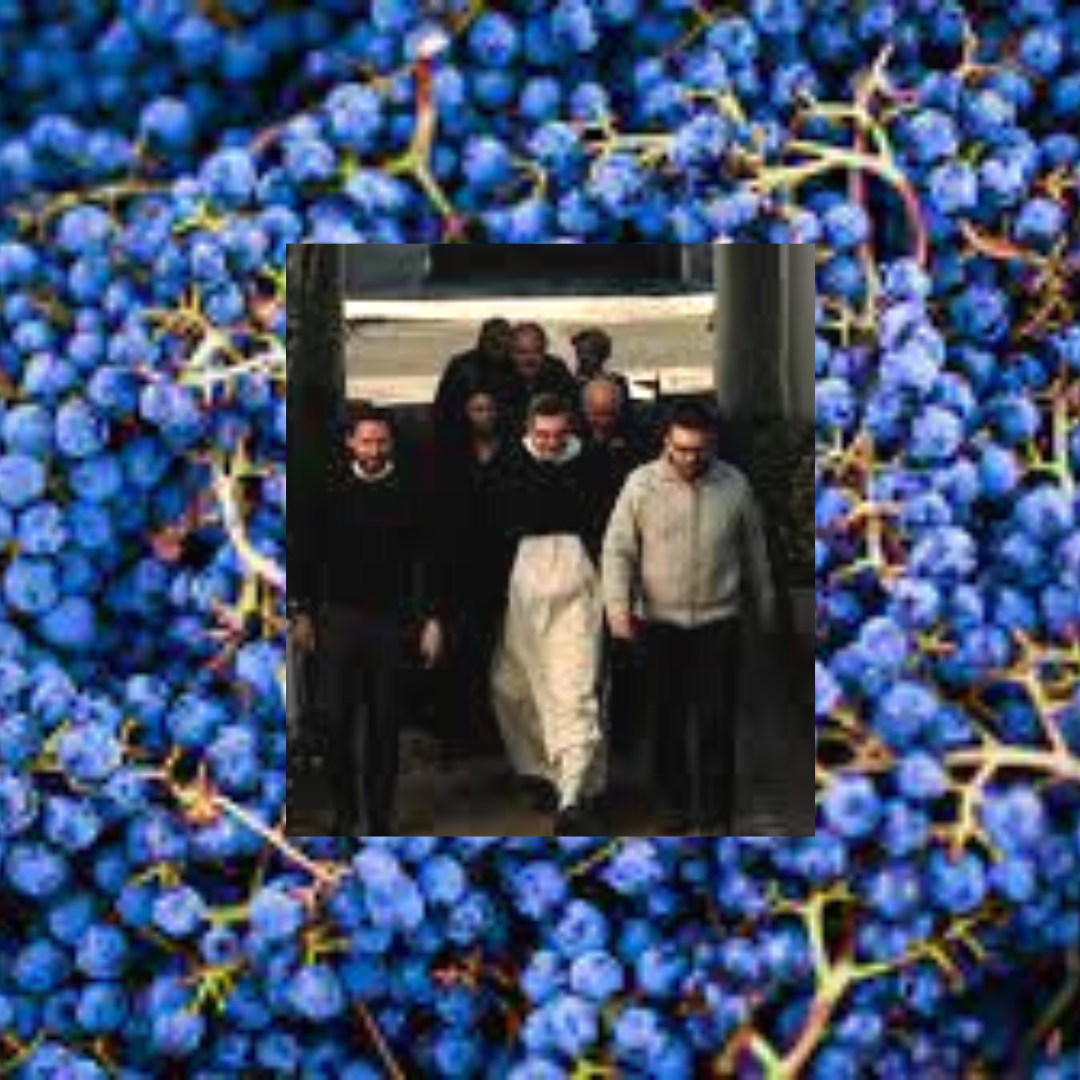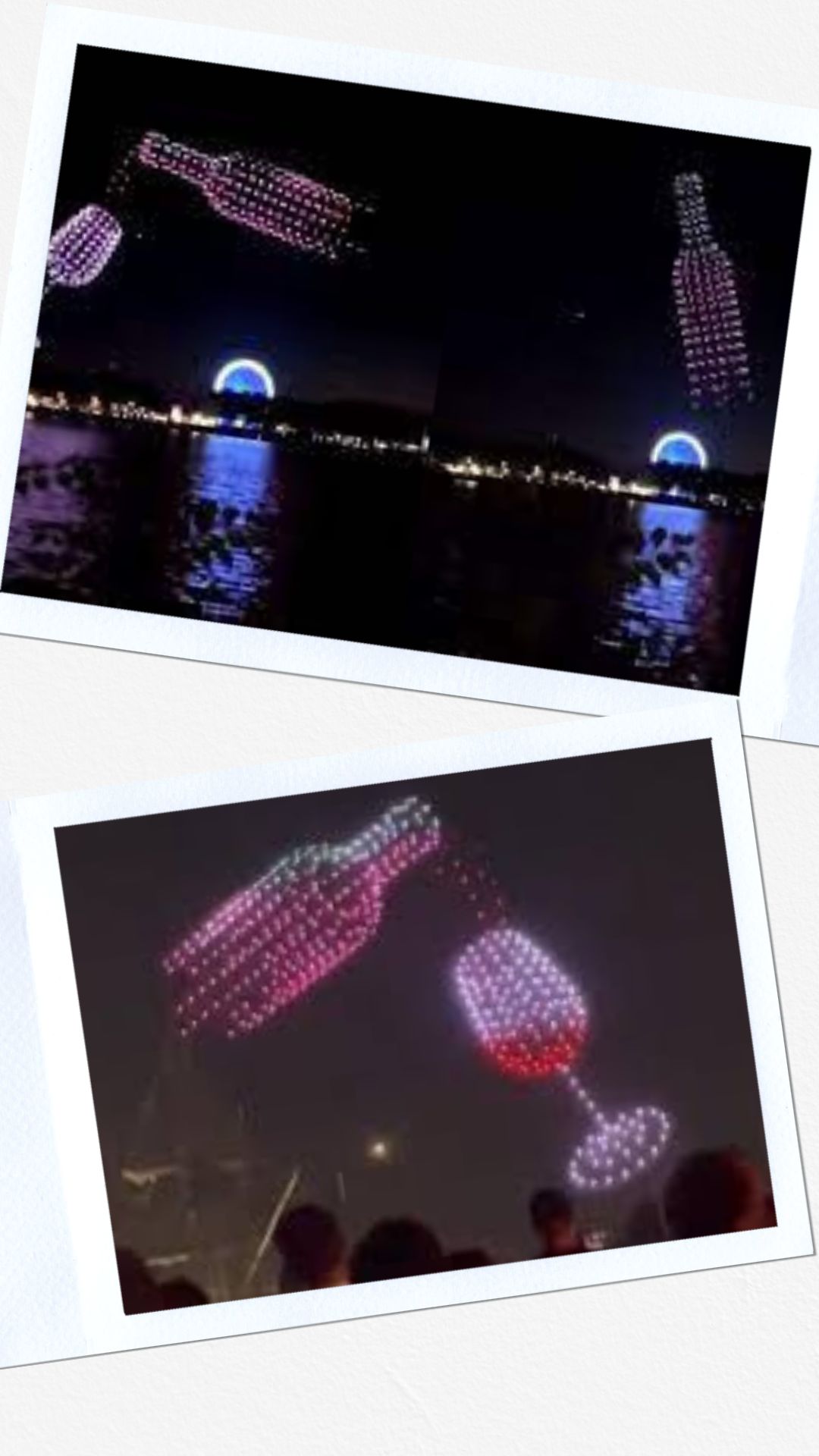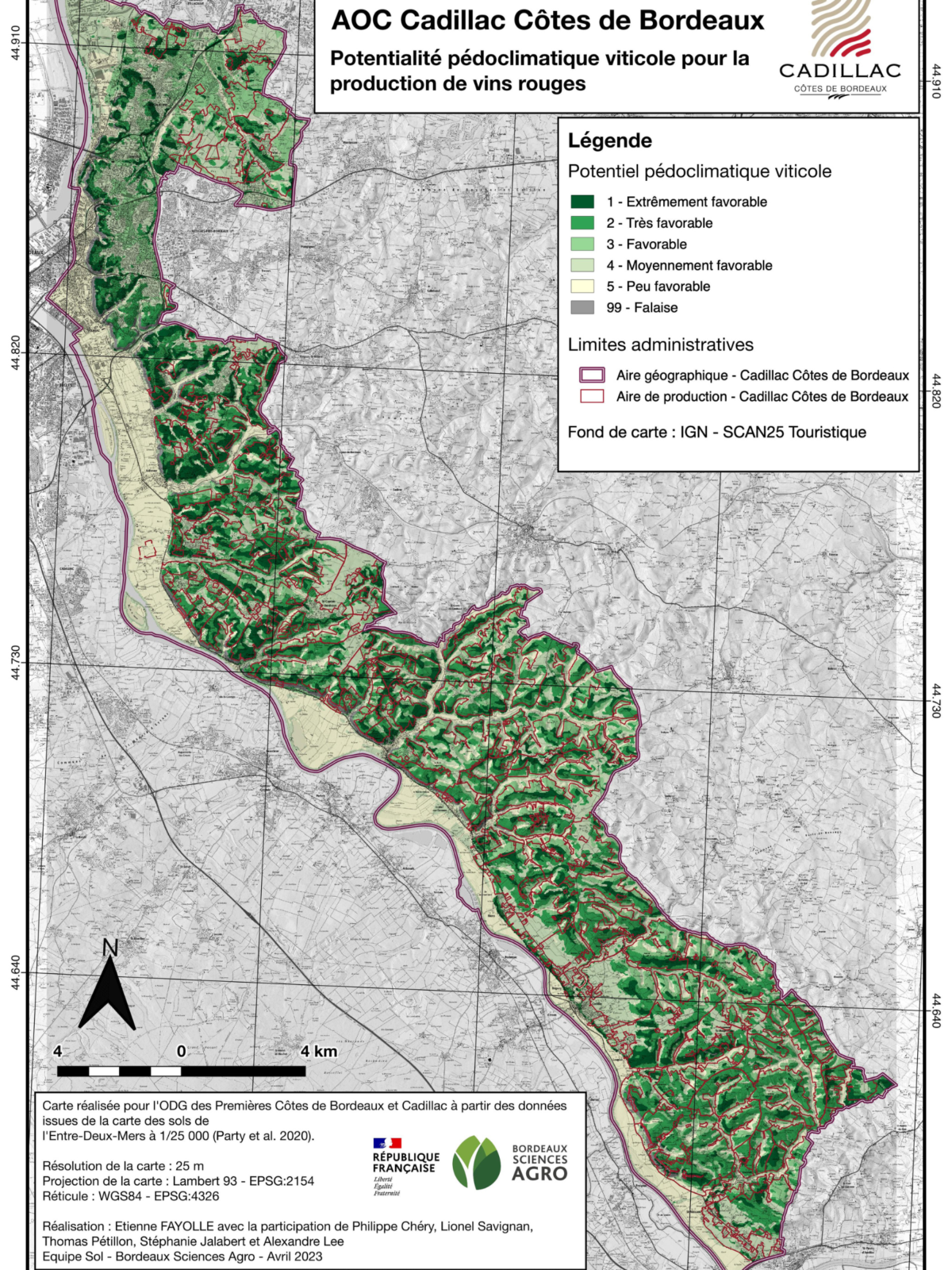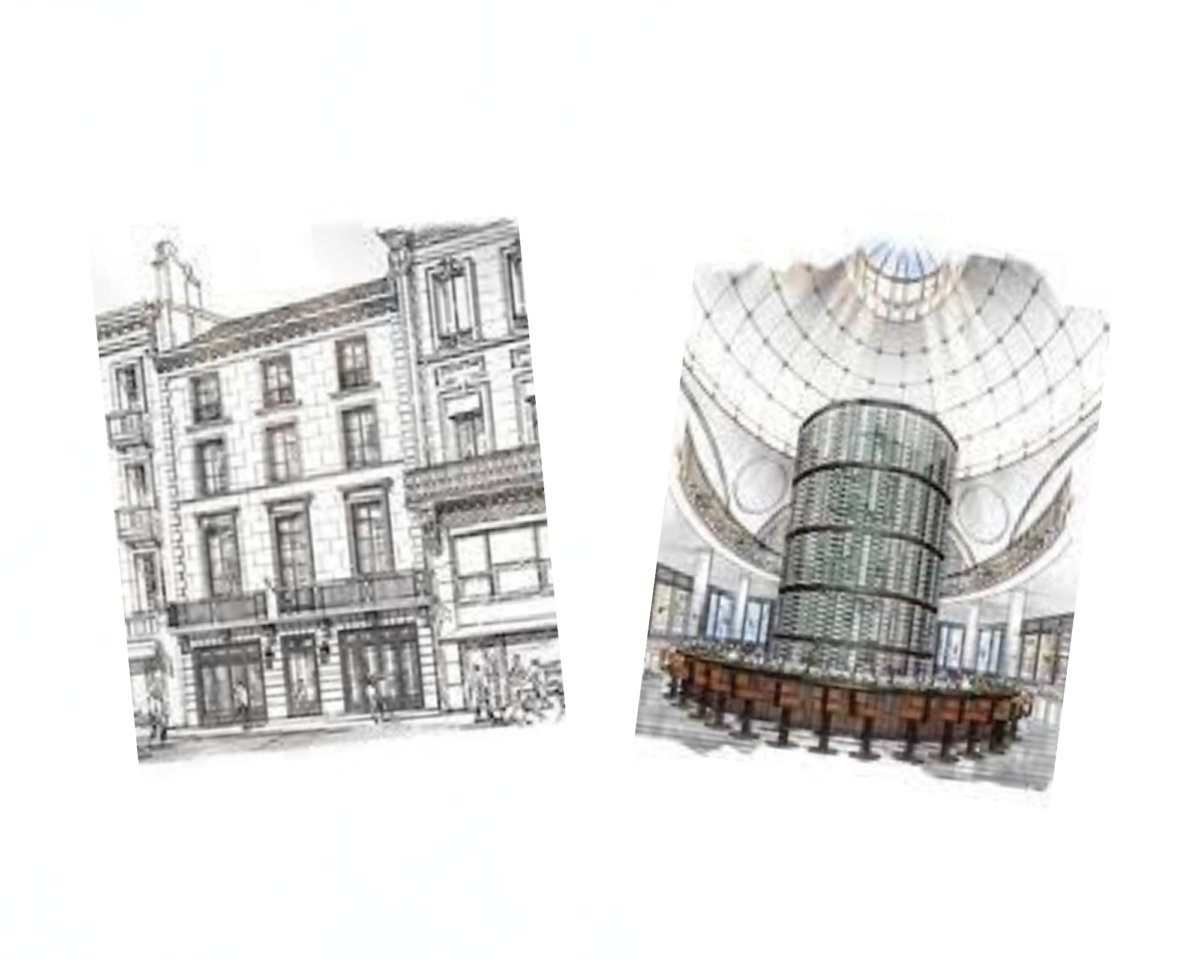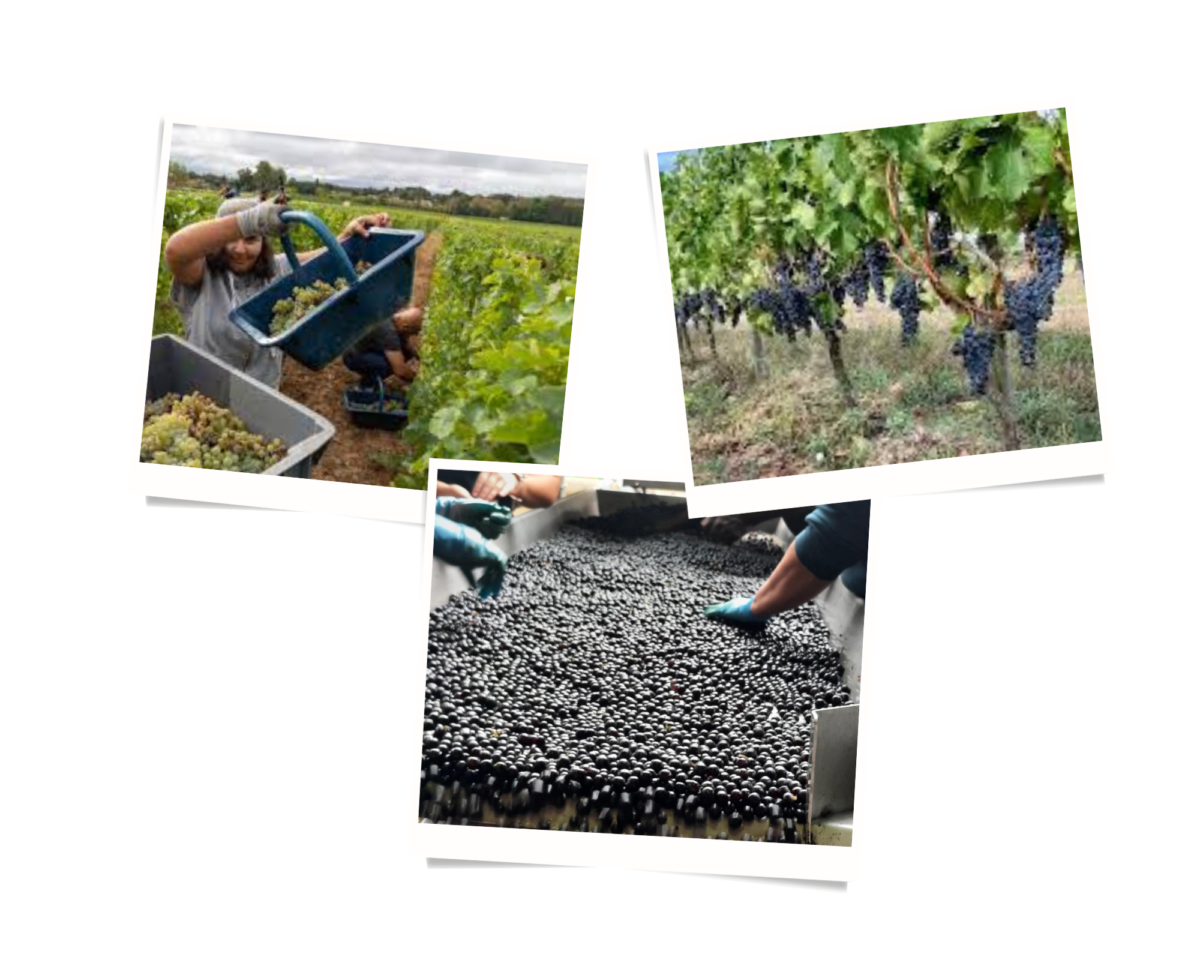He’s a winemaker, a rebel, an iconoclast and an outspoken critic of Bordeaux’s “industrial soup” style of winemaking – and now Loïc Pasquet is an unlikely movie star.
Pasquet’s battles with the Bordeaux establishment have seen him dragged to court, fined and forbidden from using the Bordeaux appellation because of his commitment ungrafted vines and native Bordeaux varieties. However, he has had the sweetest of revenges by producing a wine that has become the most expensive Bordeaux-produced wine – and now a movie about his achievements is hitting the screen.
The 51-minute documentary will air via Apple TV next year and features Pasquet documenting his battles with bureaucracy and his dedication to recreating the pre-phylloxera wines of Bordeaux. It also features input from respected wine writers like Jane Anson and Jacky Rigaux.
Pasquet, who bought his first bottle of wine when he was just 11 years old, believes that wine is a European cultural treasure and that it has been debased by too many Bordeaux producers in order to pander to critics, rather than simply making wines that reflect the terroir.
“Why destroy that heritage to make one style of wine? They are saying to [wine critic Robert] Parker ‘What wine do you like? We will make it for you.’ They are making industrial soup,” he told journalists at a preview of the film.
The launch of Pasquet’s 2015 vintage of Liber Pater at a staggering $33,000 (subsequent vintages have also hit that mark) was the spark for the documentary, but he was open about his pricing policy.
“This is what my customers will pay to drink something that nobody else can. If you go into space, how much does it cost?”
He was referencing his wines being made from grapes grown on ungrafted vines, an anomaly in Bordeaux.
“If you try a Bordeaux from 1860 [before phylloxera prompted the grafting of vines onto disease-resistant rootstocks] and 1960 you can taste the difference. Grafting changes the chemical composition of the wine.”
Source: Wine Searcher

